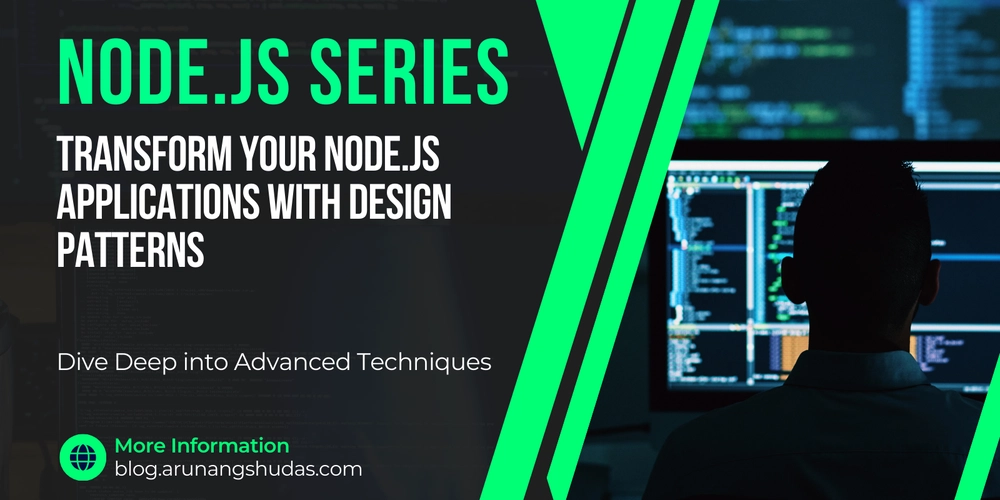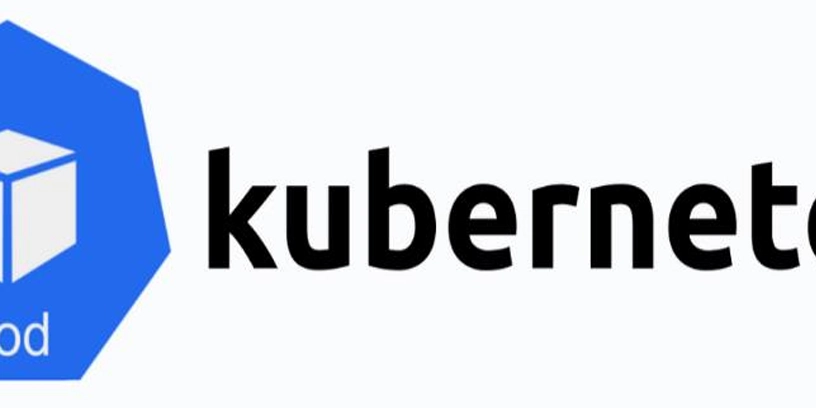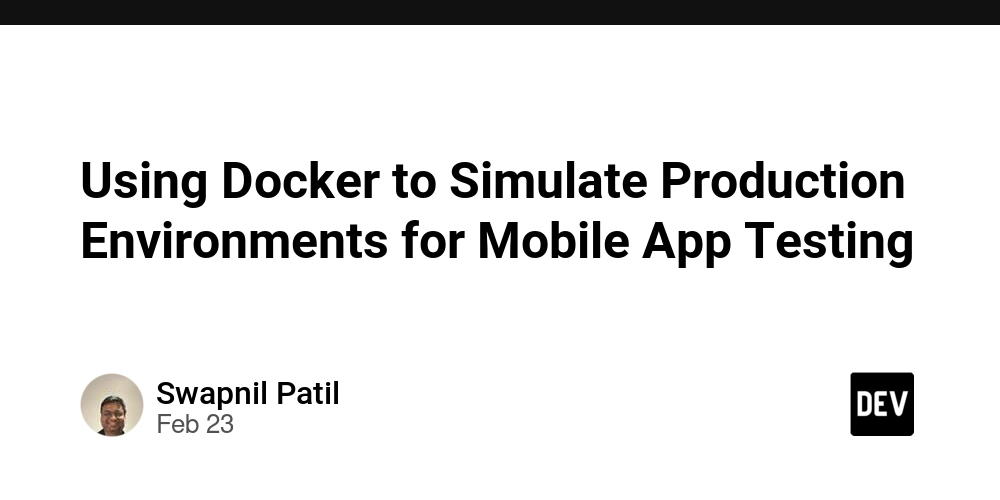Unveiling the Secrets of Open Government Licence 3.0
Introduction In today’s rapidly evolving digital landscape, transparency and open access to public data are more important than ever. The recent article, Unveiling Open Government Licence 3.0: A Comprehensive Summary, Exploration and Review, offers an in-depth look into how government data is being unlocked for innovation. This blog post will guide you through its historical roots, robust capabilities, and the challenges it faces as it competes with other well-known licenses. From the MIT License to Apache 2.0 and even the GNU GPL v3, we explore the delicate balance between openness and sustainability in public data usage. The article emphasizes that the Open Government Licence (OGL) 3.0 not only modernizes access to public data but also embodies a philosophy of civic engagement and accountability. By fostering an environment where data is freely accessible, innovative solutions can emerge in fields ranging from urban planning to environmental monitoring. Summary The core of the article explains the evolution of OGL 3.0 and its origins in the digital democracy movement. Governments recognized the need for clear, accessible licenses to encourage the reuse and redistribution of data. OGL 3.0 builds on previous licensing models by adding clarity and flexibility. It is a vital tool, aimed at nurturing innovation while safeguarding the interests of the public. The review delves into the contributions of legal experts, data managers, and open data advocates who have shaped the licence. A significant aspect discussed is the compatibility of OGL 3.0 with other licenses. While OGL 3.0 promotes transparency and widespread access, it also brings challenges; its permissive nature can sometimes lead to commercial exploitation without proper compensation. The article details how debates on platforms such as Hacker News and Stack Overflow underscore these concerns. Contrasting it with blockchain-based models like the OCTL, the piece provides insights on how alternative licensing frameworks might offer integrated compensation and better rewards for developers. Moreover, the article provides an extensive comparison table that highlights key features ranging from the compensation mechanisms to dual licensing support. The detailed comparisons allow readers to understand where OGL 3.0 stands relative to other licensing models. It also touches upon dual licensing challenges, evolution of versioning, and real-life success stories that have transformed public sector projects. From initiatives featured on data.gov.uk to critical analyses from industry experts, the review serves as a comprehensive resource for anyone interested in open government data initiatives. Conclusion In conclusion, the exploration of Open Government Licence 3.0 is a testament to the evolving nature of open data policies. The transparency, flexibility, and widespread adoption of OGL 3.0 have positioned it as a cornerstone for modern digital governance. However, as with any groundbreaking tool, challenges such as legal ambiguities and risks of commercial exploitation persist. The article does an admirable job of balancing these pros and cons while offering practical insights and comparisons with other popular licenses. As public and private sectors continue to experiment with data, understanding these nuances is critical. Licensing models like the MIT License, Apache 2.0, and GNU GPL v3 each offer their own unique benefits, making it essential for developers, legal professionals, and policymakers to weigh their options carefully. The ongoing dialogue, as seen on platforms like Hacker News, reinforces that while OGL 3.0 opens many doors, the journey towards fully sustainable open data practices remains a collaborative effort. By diving deep into this comprehensive OGL 3.0 summary, readers can appreciate both the promise and the complexities of open government data. In embracing these challenges, we pave the way for a more transparent and innovative digital future. Stay informed and keep exploring the evolving landscape of open licensing. Your journey to digital transparency continues.
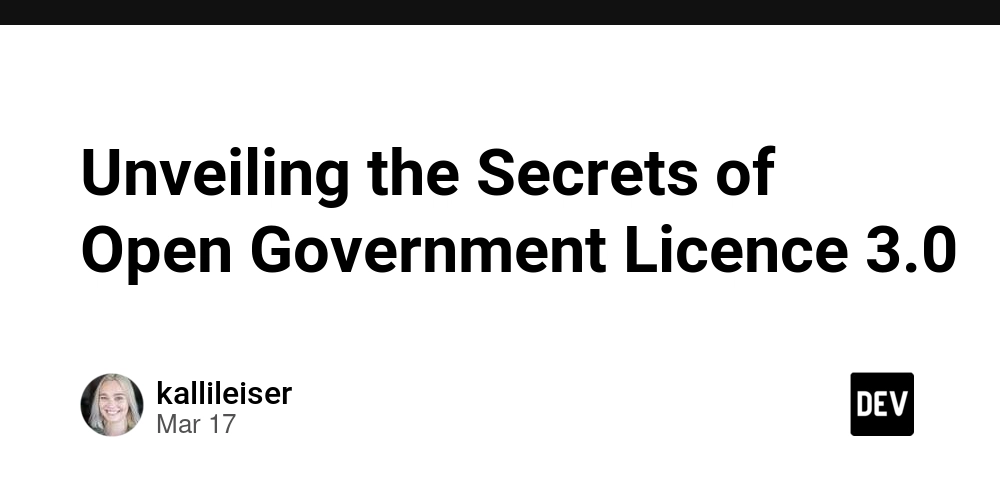
Introduction
In today’s rapidly evolving digital landscape, transparency and open access to public data are more important than ever. The recent article, Unveiling Open Government Licence 3.0: A Comprehensive Summary, Exploration and Review, offers an in-depth look into how government data is being unlocked for innovation. This blog post will guide you through its historical roots, robust capabilities, and the challenges it faces as it competes with other well-known licenses. From the MIT License to Apache 2.0 and even the GNU GPL v3, we explore the delicate balance between openness and sustainability in public data usage.
The article emphasizes that the Open Government Licence (OGL) 3.0 not only modernizes access to public data but also embodies a philosophy of civic engagement and accountability. By fostering an environment where data is freely accessible, innovative solutions can emerge in fields ranging from urban planning to environmental monitoring.
Summary
The core of the article explains the evolution of OGL 3.0 and its origins in the digital democracy movement. Governments recognized the need for clear, accessible licenses to encourage the reuse and redistribution of data. OGL 3.0 builds on previous licensing models by adding clarity and flexibility. It is a vital tool, aimed at nurturing innovation while safeguarding the interests of the public. The review delves into the contributions of legal experts, data managers, and open data advocates who have shaped the licence.
A significant aspect discussed is the compatibility of OGL 3.0 with other licenses. While OGL 3.0 promotes transparency and widespread access, it also brings challenges; its permissive nature can sometimes lead to commercial exploitation without proper compensation. The article details how debates on platforms such as Hacker News and Stack Overflow underscore these concerns. Contrasting it with blockchain-based models like the OCTL, the piece provides insights on how alternative licensing frameworks might offer integrated compensation and better rewards for developers.
Moreover, the article provides an extensive comparison table that highlights key features ranging from the compensation mechanisms to dual licensing support. The detailed comparisons allow readers to understand where OGL 3.0 stands relative to other licensing models. It also touches upon dual licensing challenges, evolution of versioning, and real-life success stories that have transformed public sector projects. From initiatives featured on data.gov.uk to critical analyses from industry experts, the review serves as a comprehensive resource for anyone interested in open government data initiatives.
Conclusion
In conclusion, the exploration of Open Government Licence 3.0 is a testament to the evolving nature of open data policies. The transparency, flexibility, and widespread adoption of OGL 3.0 have positioned it as a cornerstone for modern digital governance. However, as with any groundbreaking tool, challenges such as legal ambiguities and risks of commercial exploitation persist. The article does an admirable job of balancing these pros and cons while offering practical insights and comparisons with other popular licenses.
As public and private sectors continue to experiment with data, understanding these nuances is critical. Licensing models like the MIT License, Apache 2.0, and GNU GPL v3 each offer their own unique benefits, making it essential for developers, legal professionals, and policymakers to weigh their options carefully. The ongoing dialogue, as seen on platforms like Hacker News, reinforces that while OGL 3.0 opens many doors, the journey towards fully sustainable open data practices remains a collaborative effort.
By diving deep into this comprehensive OGL 3.0 summary, readers can appreciate both the promise and the complexities of open government data. In embracing these challenges, we pave the way for a more transparent and innovative digital future.
Stay informed and keep exploring the evolving landscape of open licensing.
Your journey to digital transparency continues.













































































































































































![[The AI Show Episode 142]: ChatGPT’s New Image Generator, Studio Ghibli Craze and Backlash, Gemini 2.5, OpenAI Academy, 4o Updates, Vibe Marketing & xAI Acquires X](https://www.marketingaiinstitute.com/hubfs/ep%20142%20cover.png)














































































































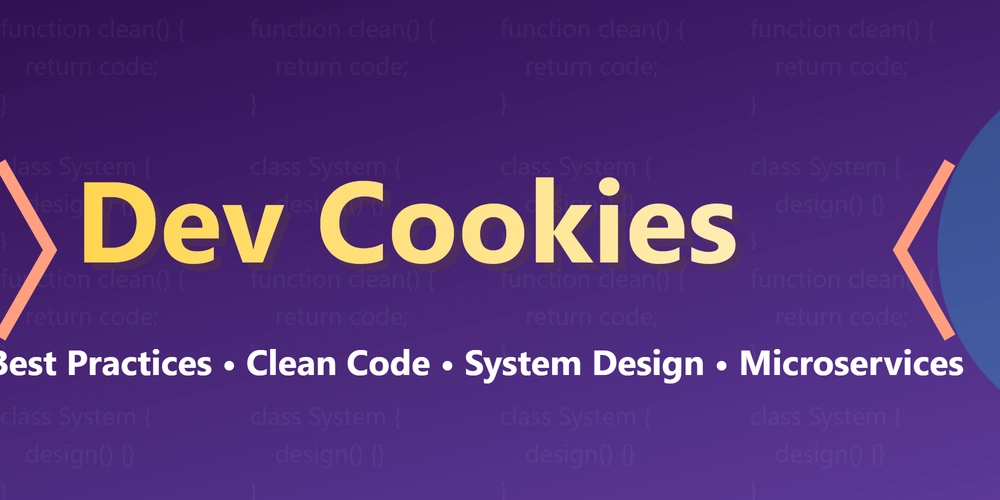

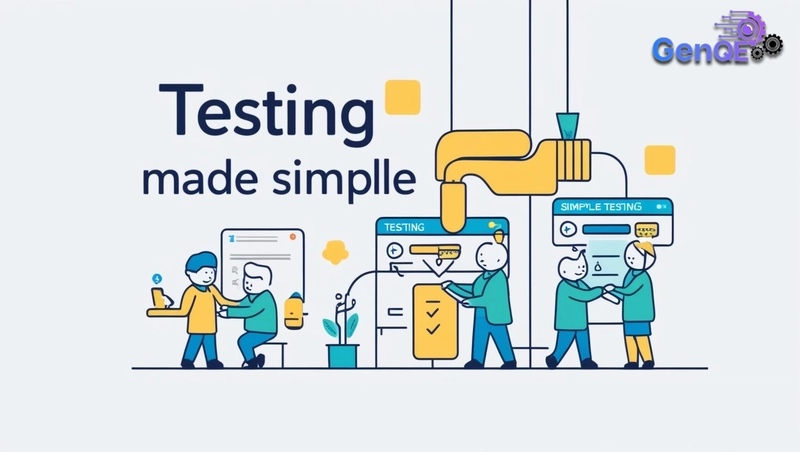
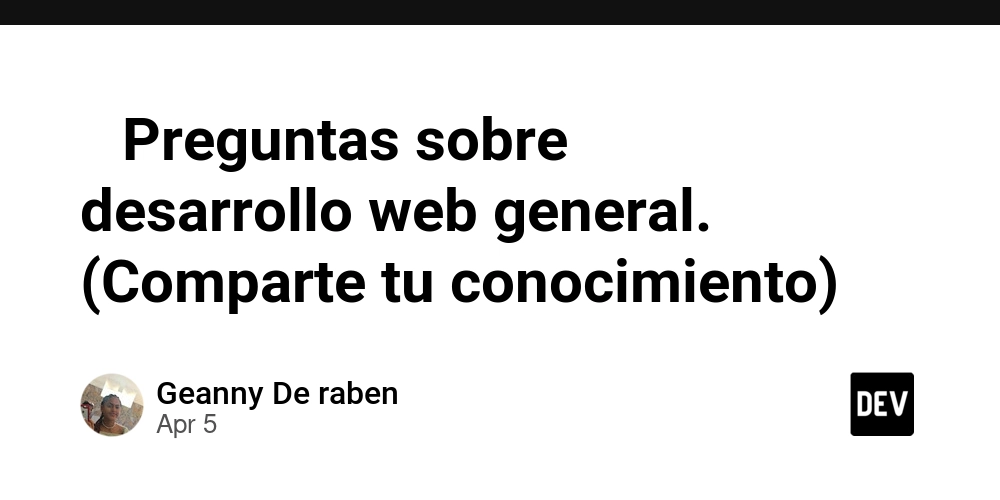









![[FREE EBOOKS] The Kubernetes Bible, The Ultimate Linux Shell Scripting Guide & Four More Best Selling Titles](https://www.javacodegeeks.com/wp-content/uploads/2012/12/jcg-logo.jpg)



![From drop-out to software architect with Jason Lengstorf [Podcast #167]](https://cdn.hashnode.com/res/hashnode/image/upload/v1743796461357/f3d19cd7-e6f5-4d7c-8bfc-eb974bc8da68.png?#)





































































































.png?#)





.jpg?#)
































_Christophe_Coat_Alamy.jpg?#)










































































































![Rapidus in Talks With Apple as It Accelerates Toward 2nm Chip Production [Report]](https://www.iclarified.com/images/news/96937/96937/96937-640.jpg)


































































































































